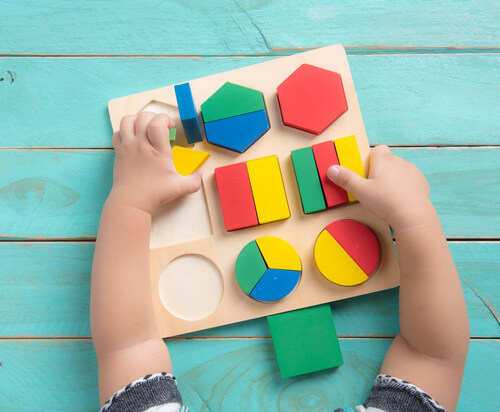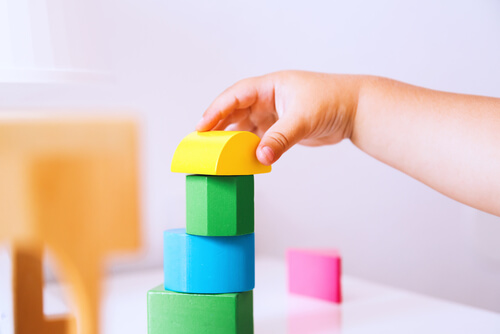The 12th Month of a Baby's Life

Nutrition during this stage is key. Around the 12th month, babies start to change their habits regarding food.
To boost your baby’s nourishment, you can incorporate crackers, ham, whole eggs (whites are high in protein), fish, cheese, and some canned food (like tuna).
You can also introduce new vegetables like cauliflower and turnip. In other words, your baby is now ready to try those gas-producing veggies you avoided in earlier months.
Spinach and beets are also a great option. These vegetables should be avoided until month 12 because they can produce iron metabolism disorders such as methemoglobinemia.
Feeding your baby during the 12th month
As your little one approaches his first birthday, you can start smashing his food with a fork. While pureed food may seem practical, it’s better to avoid them and give your child the opportunity to do some chewing.
Learning to chew is an important part of early stimulation.

Specialists recommend starting out with solid foods, without fear. Allow your child to sip on water as well to aid in absorption.
- Tomato. You can add tomatoes to your baby’s meal, making sure to wash them well beforehand. It’s best to peel them as well. Tomatoes have a great nutritional value. They provide vitamin C, a number of antioxidants, and are high in fiber.
- Dry legumes. Like lentils, garbanzos and beans. You can cook them with vegetables and add a little bit of rice.
- These foods provide your little one with a good amount of vitamins, minerals and fiber. Once your little one reaches 18 months of age, you can give her whole legumes (that is, with the skin).
- Yogurt, cheese and cow’s milk. You can serve these items at breakfast, lunch or dinner. What’s important is that you keep in mind that your child should ingest 500 ml of milk, or its derivatives, per day.
- Milkshakes are a great variation, as is yogurt or cheese along with a fruit of your choice. That way, your baby will receive an even greater variety of vitamins and minerals.
- Avoid oily cheeses and yogurts with added sugar.
- Added sugar isn’t a necessary part of your child’s diet, as fruits have a naturally high sugar content. In fact, none of these three ingredients are necessary, but can be used in limited amounts in order to add flavor to your baby’s meals: salt, sugar and honey. Your baby can now enjoy these ingredients, but in very small quantities. As for salt, you should opt for an iodized version.
Stimulating your baby at 12 months

In the 12th month of your baby’s life, he’s likely to start having tantrums and outbursts. This is completely normal.
This is also the stage in which your baby starts to develop speech and interact more verbally.
At 12 months, it’s a good time to start weening your little one off of his pacifier, or take it away completely.
As for toys, you should stay away from those that contain small pieces so that your baby doesn’t try to swallow them.
A popular option for children this age is a set of building blocks that can be piled up to make a tower.
Certain toys – like buckets with geometrically shaped holes, with blocks that fit into each whole – can be fun and educational at the same time. They help your baby to differentiate shapes and colors as he plays.
You can also give your little one a toy phone with sounds and lights.
More age appropriate toys for your baby
There are plenty of options out there to stimulate your child’s learning from a young age.
It’s good to buy high quality toys that meet current safety standards to avoid exposing your child to any dangers.
Here are some suggestions of toys to look for:
- Small books with textures, music and pictures.
- Dolls and cars of different shapes and sizes.
- All types of stackable toys, toys that your child can push or pull, geometric shapes, etc.
- Musical instruments. Wind instruments – such as a toy flute – are an especially good idea, as they accelerate speech development. Xylophones are also a great instrument to aid in speech development.
Weight and size
At this age, your child’s height should be around 28.5 or 29.5 inches, for both boys and girls.
At the same time, a 12-month-old baby usually weighs between 20.5 and 21.5 lbs, and has a skull circumference of about 18 inches.
Most babies at this age already have their first 4 lateral incisors and their first 4 premolars.
This text is provided for informational purposes only and does not replace consultation with a professional. If in doubt, consult your specialist.
